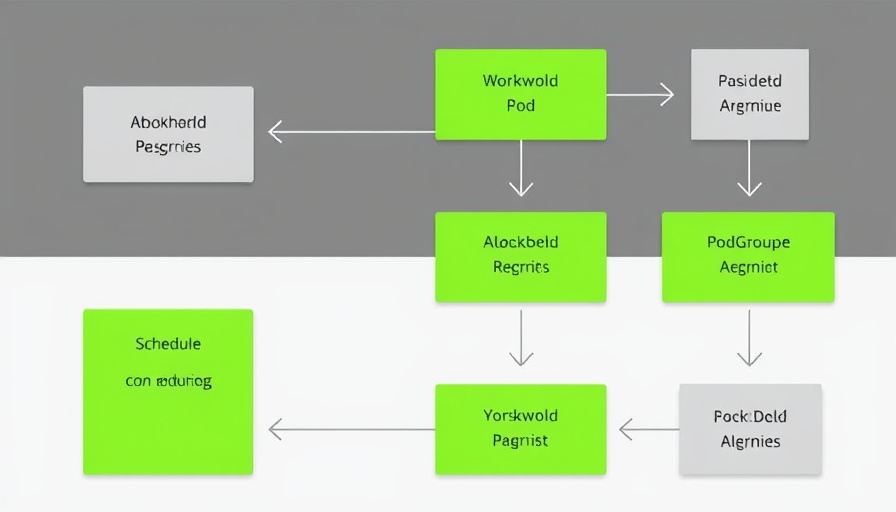
Understanding the End of Moore’s Law in AI Development
In recent revelations at Nvidia’s GTC event, CEO Jensen Huang emphasized a transformative shift in computational expectations, declaring that Moore's Law, the longstanding principle predicting the enhancement of computing power over time, is essentially 'dead and buried'. This announcement sends a significant ripple through the AI landscape, indicating the obstacles faced by chipmakers as they navigate the limitations of scaling technology beyond existing horizons.
The Evolution of Nvidia’s Roadmap: Key Takeaways
Nvidia's roadmap showcases dramatic expansions in computational capacities, with indications of systems scaling up to an unprecedented 576 GPUs per rack by 2028. Huang's comments highlight a multi-faceted approach where innovative strategies are essential to combat stagnation. The introduction of the Blackwell Ultra processors, which promise major performance boosts while also demanding higher power consumption and increased silicon integration, paints a picture of escalating complexity for future compute ecosystems.
Scaling Challenges: A Bottleneck in AI
The challenges outlined by Nvidia are particularly pertinent to AI developers and enthusiasts who rely on robust computational environments. The gradual decline in advancements in chip manufacturing processes means that improving performance cannot solely depend on increasing transistor counts. Instead, a focus on optimizing silicon and system efficiencies is crucial. Nvidia's 72 GPU configurations are already pushing the limits, and as mentioned, the goal of integrating more GPUs into singular systems could yield both performance benefits and sustainability challenges for data centers.
What Does This Mean for AI Technology?
For AI practitioners, the implications of Nvidia's strategies reverberate beyond mere hardware specifications. As innovations slow, the emphasis shifts from raw statistical performance to optimizing algorithms that make better use of available resources. For instance, with the advent of more powerful components like the upcoming Rubin Ultra system, AI applications may evolve to manage even larger datasets, allowing for intricate models that harness vast arrays of parameters—potentially revolutionizing machine learning applications.
The Future Landscape of AI and Computing
Looking ahead, the convergence of AI and advanced computing models suggests a redefinition of development paradigms. Instead of merely anticipating faster chips, technologists will need to prepare for a landscape that emphasizes strategic resource utilization. The integration of cooling solutions and energy-efficient architectures will become paramount, especially as Nvidia predicts future systems may demand hundreds of kilowatts of power. This trend will likely drive further innovation in energy management technologies, especially relevant for large-scale AI and machine learning environments.
Final Thoughts: Embracing New Realities in AI
Nvidia's recent announcements bring to light an essential conversation on the realities of technological advancement in AI. For enthusiasts and industry stakeholders, understanding that while Moore’s Law may no longer serve as the benchmark for expectations, the horizon is still rich with opportunities for innovation driven by creativity, efficiency, and breakthrough thinking. The direction Nvidia is taking shows that while the challenges grow, so do the possibilities for redefining what's achievable in artificial intelligence.
As AI technology continues to evolve, staying informed and adaptable is essential. Keep engaging with emerging trends and strategies to harness AI's full potential.
 Add Row
Add Row  Add
Add 




 Add Row
Add Row  Add
Add 

Write A Comment